Les Rencontres d’Arles 2011
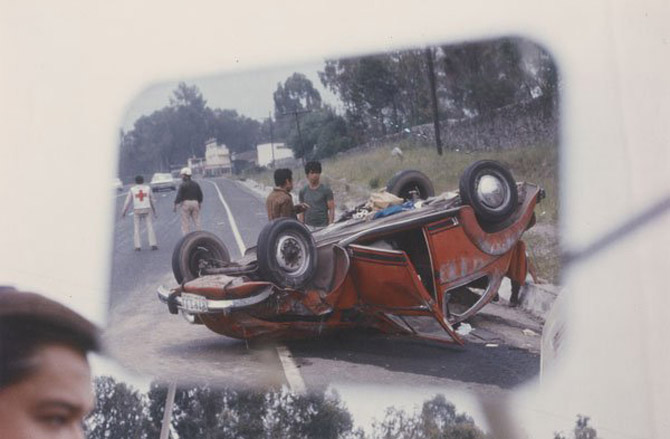
This year's Les Rencontres d'Arles photography festival in the South of France has a strong Mexican theme, with many of the major exhibition spaces within the town given over to the work of Mexican photographers. One of the strongest of these is the retrospective of cinematographer Gabriel Figueroa's powerful and ground-breaking work with directors such as Luis Bunuel and John Huston. Showing simultaneous loops of iconic scenes from his oeuvre on huge screens in a dark, deconsecrated church, the exhibition can't fail to draw viewers into Figueroa's world.
Another powerful show from Mexico was an overview of Enrique Metinides' work, in tandem with a new book of his photographs, titled 'Series', published by Kominek. For years a staff photographer on the Mexican tabloid La Prensa, Metinedes often rode to crime scenes with fire and ambulance crews and created strikingly composed images of car crashes, suicides and accident victims before the blood had stopped running. Whilst his work has been exhibited and lauded for many years now, it still doesn't diminish the power of some of his images, however grisly the subject matter, and the image of the skewered body of actress Adela Legarreta Rivas is one of the most powerful, haunting images on show in the whole festival.
There's a wealth of fascinating vintage photographs from the Mexican Revolution, one of the most comprehensive exhibitions ever compiled of this key moment in Mexican history. The show's curator, Miguel Angel Berumen attempts to shed fresh light on the assumed history conveyed through iconic images from that time, and it's interesting to see lesser-known photographs from the era. The work of Ponciano Flores Perez from 1914, with text painted on each image describing the scene and the subjects, is fascinating, as is that of Hugo Brehme, an acclaimed landscape photographer who also documented the revolution with formal, studied compositions of the soldiers.
Outside of the Mexican theme, The New York Times Magazine show, on display over two exhibition spaces, is a fascinating insight into how the photo stories are created at this most influential of publications. Various case studies of iconic stories from the last 25 years of the magazine are on show - tearsheets of the final printed story, the prints themselves, and documentation showing the often labyrinthine process to get to the final story, including contact sheets, story boards, emails, and faxes to subjects. Co-curated by the magazine's photo director, Kathy Ryan, and Leslie Martin of Aperture, there is much to admire here, not least the magazine's continued ability to surprise and inspire with its bold and prescient commissions.
One of the most interesting areas of the Rencontres D'Arles is the annual Discoveries competition, where various luminaries in the photographic world are invited to show three emerging talents who they think are worthy of wider recognition. One of these photographers who is judged to have the strongest body of work is awarded a €20,000 prize, courtesy of the Luma Foundation, who support the festival in myriad ways (the remit appears to have loosened in recent years though, with well-known names appearing in competition and Taryn Simon, hardly a discovery, winning last year's prize).
Particularly strong in this year's selection was the work of
http://www.frieze.com/issue/article/jo_ractliffe/" target="_blank" >Jo Ractliffe, a South African photographer who shoots enigmatic and allusive black and white landscapes showing the traces and scars of war and loss. The images are mysterious and not immediately apparent, but closer study reveals a strange sense of memory in the landscapes and spaces she documents.
Receive our daily digest of inspiration, escapism and design stories from around the world direct to your inbox.
African photographer Jacob Nzudie also had a striking but more light-hearted body of work on show with his Yaoundé Supermarket Series. Nzudie is the in-house photographer at the Yaoundé Supermarket in Cameroon, where the city's upwardly mobile are photographed in their favourite aisle wearing their finest outfits, signalling that they have achieved material wealth so no longer need to shop in the many traditional markets. Shot by an outsider, these portraits could be somewhat crass and exploitative, but Cameroonian Nzudie takes frank, candid images that are honest and non-judgemental.
This year's winners though, were Mikhael Subotzky and Patrick Waterhouse, with their powerhouse series on the fifty-four story Ponte City tower in Johannesburg. The tower, built in the Seventies and once a symbol of a prosperous future for the country, suffered years of neglect and became emblematic of Jo'burg's woes in the mid-Nineties. Tales of brazen drug dealing and prostitution rings in the tower were in legion, and it's still a dangerous and unpredictable place. Subotzky and Waterhouse have been photographing there for the past three years, gaining the trust of the inhabitants and the clean-up crews who attempt to deal with the four-storey-high mountain of rubbish in the building's hollow core. The duo have photographed every single apartment on every single floor of the tower - inside and out - and these images, displayed in sequence on giant 9ft-high lightboxes (mini towerblocks in themselves), are a triumphant and original marriage of documentary and display.
Meanwhile, the From Here On exhibition attempts to take stock of the internet's inexorable influence on photography, with five different curators presenting their pick of the interesting and relevant. No mean feat given the sea of images sloshing around the globe now. Much of the work is gimmicky and shallow. One exhibition even has crude comic photos being displayed to live chickens, and its hard to tell who is more baffled - the wandering viewer or the cooped up birds.
Pavel-Maria Smejkal's Fatescapes series, however, is a notable exception. He explores the unexpected iconography of place in classic documentary photographs of the last 150 years. Carefully removing all trace of the people - the focus of these canonical shots - leaving only the setting, Smejkal captures eerily empty, bland landscapes. The viewer can almost instantly insert the people and protagonists from memory and picture the original knockout image, but it's surprising how powerful and poignant these empty retakes remain. Look at our image gallery and see for yourself.
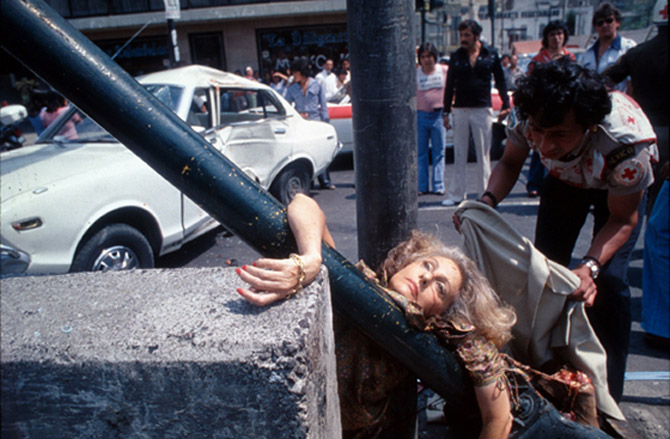
'Adella Legaratta Rivas, 1979' by Enrique Metinides
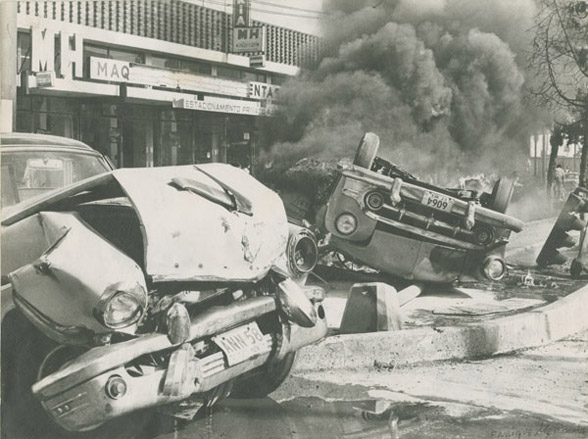
'Accidente de automovil en llamas, 1971' by Enrique Metindies
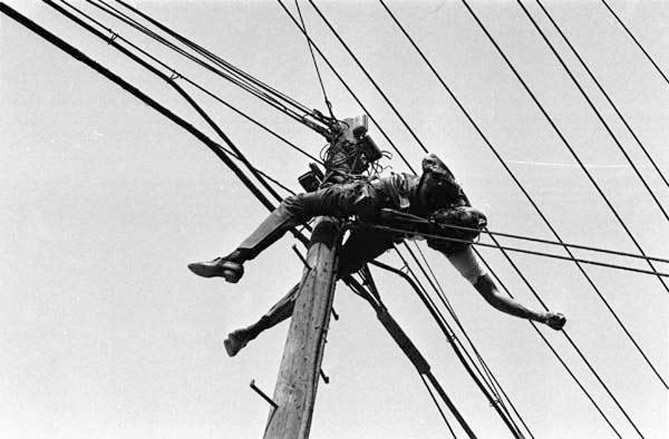
Untitled by Enrique Metinides
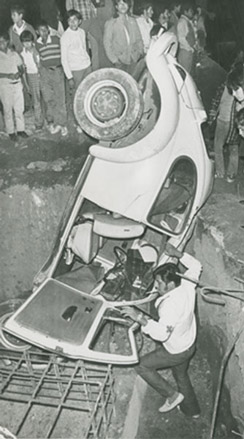
'Accidente Automovilistico, 1974' by Enrique Metinides
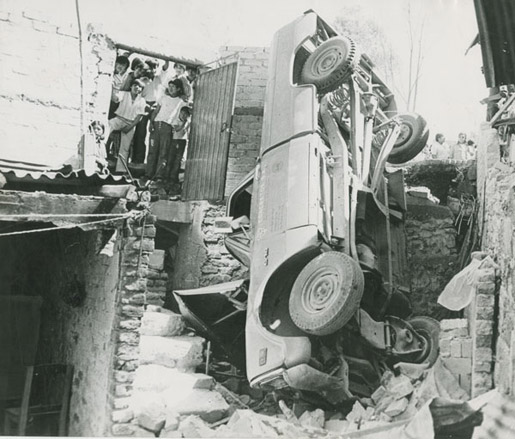
'Pick up accidentada 1971' by Enrique Metinides
Mikhael Subotzky and Patrick Waterhouse won this year's Discoveries competition with their powerhouse series on the fifty-four story Ponte City tower in Johannesburg. The tower, built in the Seventies and once a symbol of a prosperous future for the country, suffered years of neglect and became emblematic of Jo'burg's woes in the mid-Nineties. Tales of brazen drug dealing and prostitution rings in the tower were in legion, and it's still a dangerous and unpredictable place. Subotzky and Waterhouse have been photographing there for the past three years, gaining the trust of the inhabitants and the clean-up crews who attempt to deal with the four-storey-high mountain of rubbish in the building's hollow core. The duo have photographed every single apartment on every single floor of the tower - inside and out - and these images, displayed in sequence on giant 9ft-high lightboxes (mini towerblocks in themselves), are a triumphant and original marriage of documentary and display.
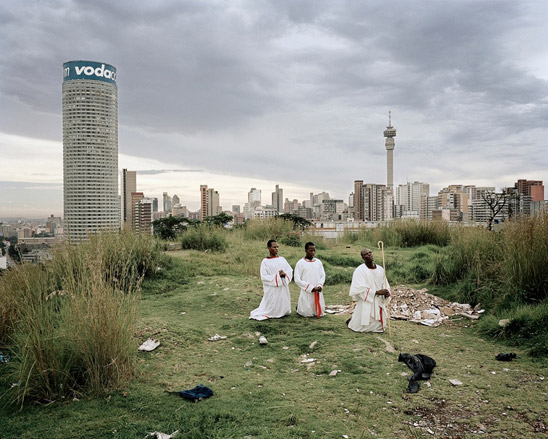
'Ponte City from Yeoville Ridge, 2008', from the Ponte City series by Mikhael Subotzky and Patrick Waterhouse

'Cleaning the core 2008', from the Ponte City series by Mikhael Subotzky and Patrick Waterhouse
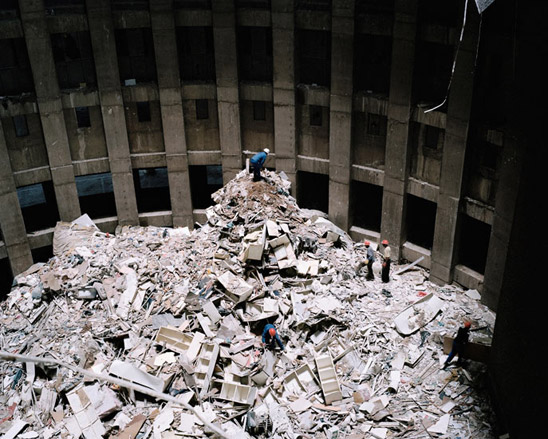
'Untitled II, Ponte City, Johannesburg, 2008', from the Ponte City series by Mikhael Subotzky and Patrick Waterhouse
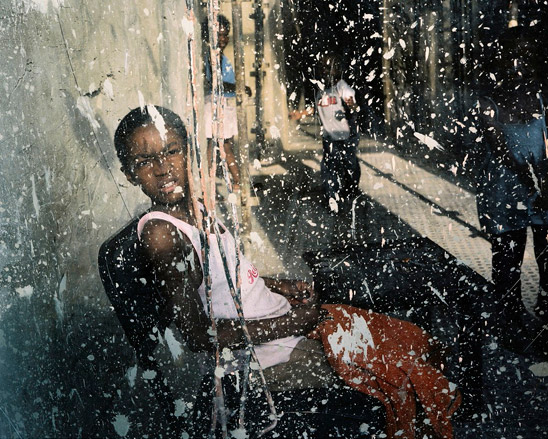
'Reception Area, 2008', from the Ponte City series by Mikhael Subotzky and Patrick Waterhouse
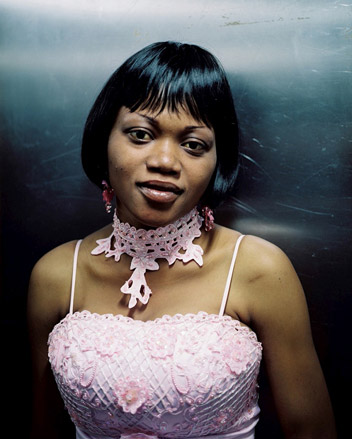
'Lift Portrait 3, 2009', from the Ponte City series by Mikhael Subotzky and Patrick Waterhouse
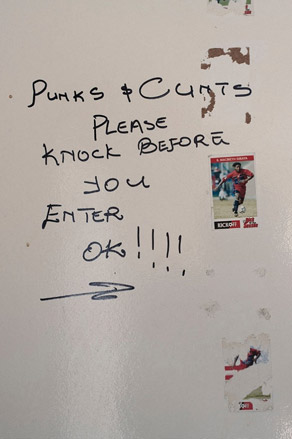
'Door 42 Level 15, From Doors, 2008-2010', from the Ponte City series by Mikhael Subotzky and Patrick Waterhouse

'Windows, (Light Box), 2008-2010', from the Ponte City series by Mikhael Subotzky and Patrick Waterhouse

'Doors, (Light Box), 2008-2010', from the Ponte City series by Mikhael Subotzky and Patrick Waterhouse
Another strong Mexican show at the festival is the retrospective of cinematographer Gabriel Figueroa's powerful and ground-breaking work with directors such as Luis Bunuel and John Huston. Showing simultaneous loops of iconic scenes from his oeuvre on huge screens in a dark, deconsecrated church, the exhibition can't fail to draw visitors into Figueroa's world.
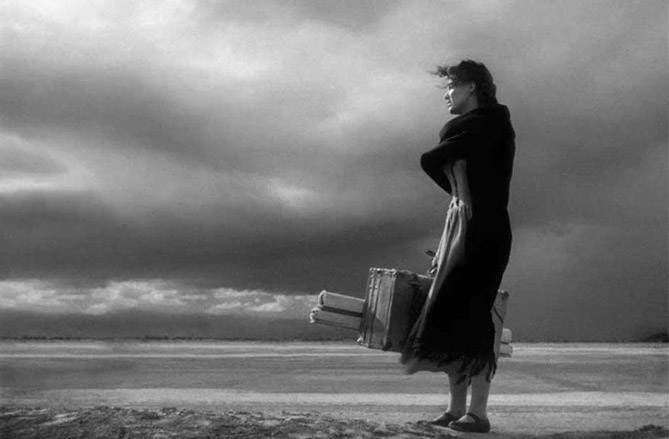
Untitled by Gabriel Figueroa
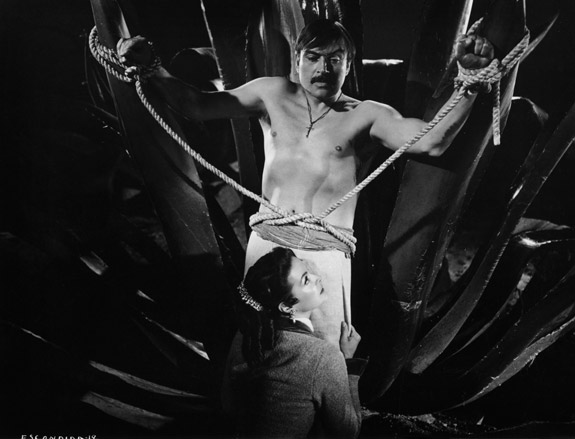
Pedro Armendáriz and María Félix as Felipe and Gabriela, in the film La escondida (The Hidden One), directed by Roberto Gavaldón, 1955, photographed by Gabriel Figueroa
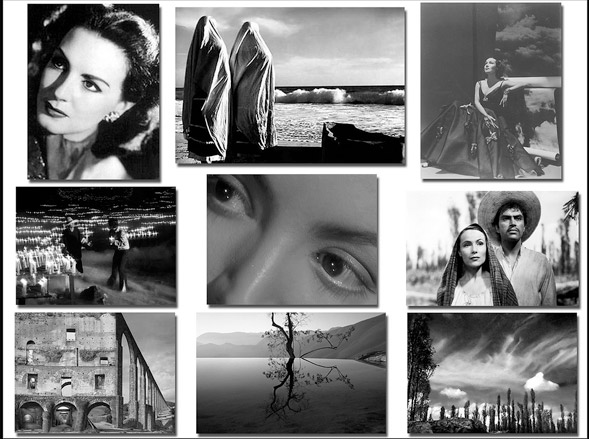
Gabriel Figueroa montage
The New York Times Magazine show, on display over two exhibition spaces, is a fascinating insight into how the photo stories are created at this most influential of publications. Various case studies of iconic stories from the last 25 years of the magazine are on show - tearsheets of the final printed story, the prints themselves, and documentation showing the often labyrinthine process to get to the final story, including contact sheets, story boards, emails, and faxes to subjects. Co-curated by the magazine's photo director, Kathy Ryan, and Leslie Martin of Aperture, there is much to admire here, not least the magazine's continued ability to surprise and inspire with its bold and prescient commissions.
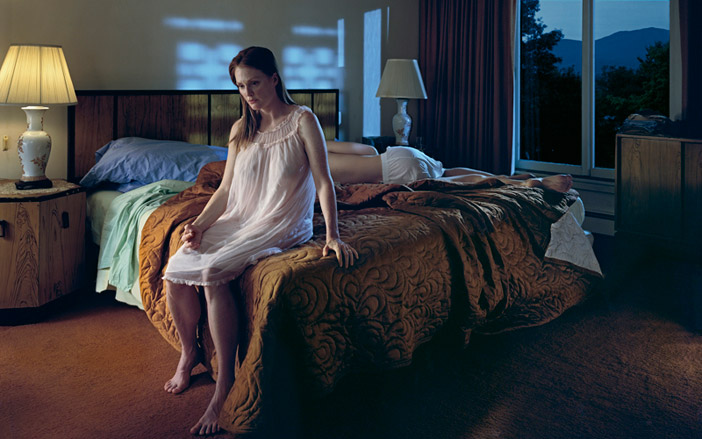
Julianne Moore by Gregory Crewdson for The New York Times Magazine
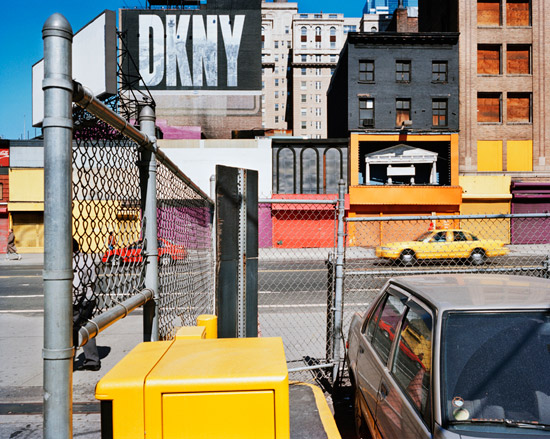
Lars Tunbjork for The New York Times
Pavel-Maria Smejkal's Fatescapes series explores the unexpected iconography of place in classic documentary photographs of the last 150 years. Carefully removing all trace of the people - the focus of these canonical shots - leaving only the setting, Smejkal captures eerily empty, bland landscapes. The viewer can almost instantly insert the people and protagonists from memory and picture the original knockout image, but it's surprising how powerful and poignant these empty retakes remain.
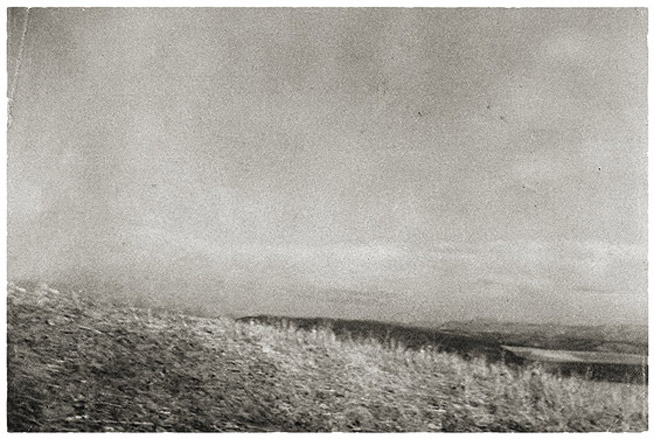
'1936, Spain' by Pavel-Maria Smejkal
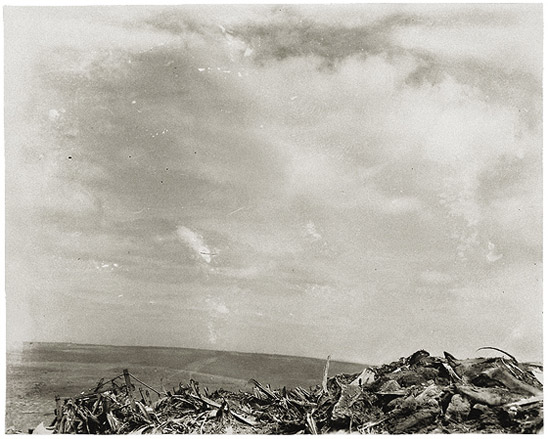
'1945v Iwo Jima' by Pavel-Maria Smejkal
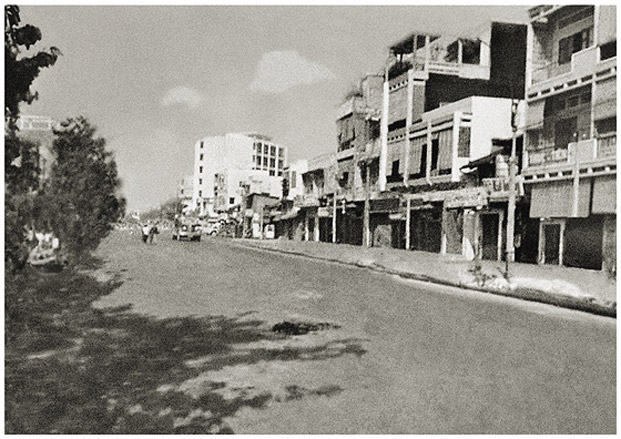
'1968, Saigon' by Pavel-Maria Smejkal
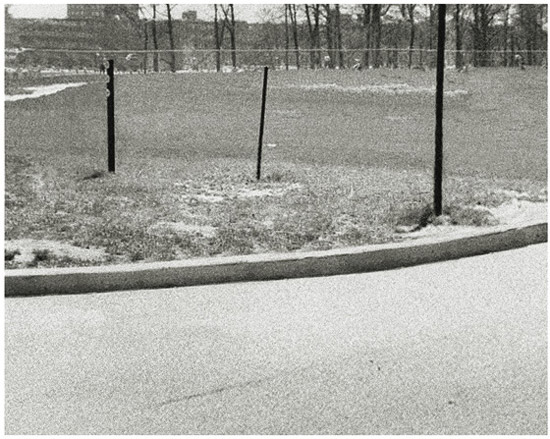
'1970, Kent USA' by Pavel-Maria Smejkal
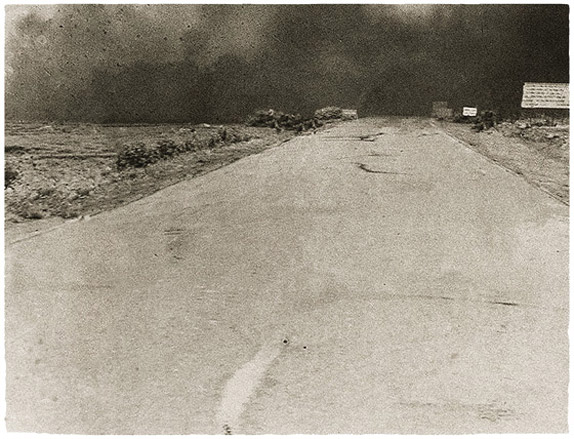
'1972, Vietnam' by Pavel-Maria Smejkal
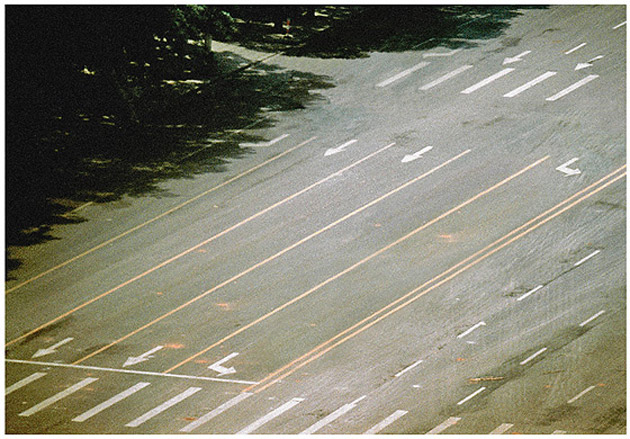
'1989 Peking' by Pavel-Maria Smejkal
South African photographer Jo Ractliffe shoots enigmatic and allusive, black and white landscapes showing the traces and scars of war and loss. The images are mysterious and not immediately apparent, but closer study reveals a strange sense of memory in the landscapes and spaces she documents.
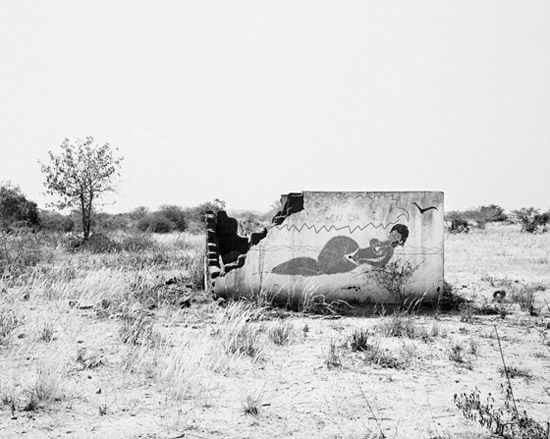
'Comfort Station, FAPLA Base, Lobito, 2010' by Jo Ractliffe
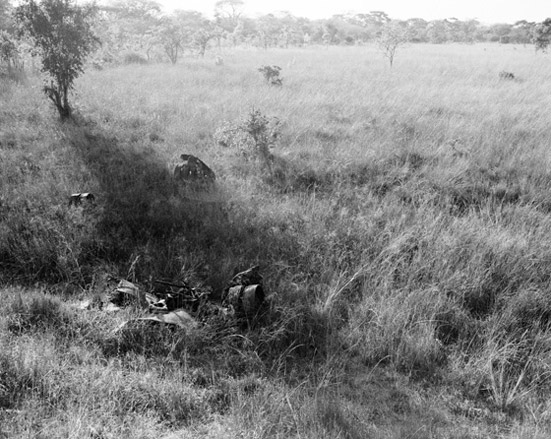
'Ambush Site Near Mupa, 2009' by Jo Ractliffe
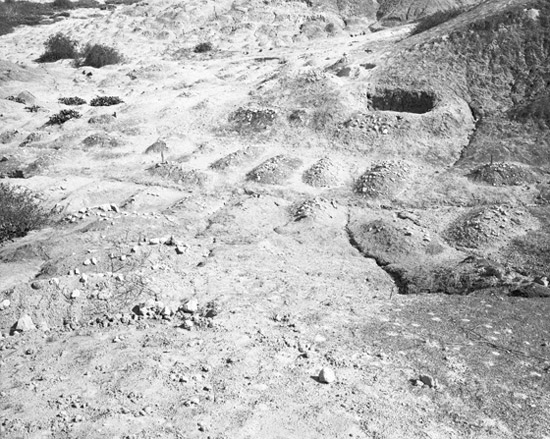
'Hillside graves near Domber Grande, 2010' by Jo Ractliffe
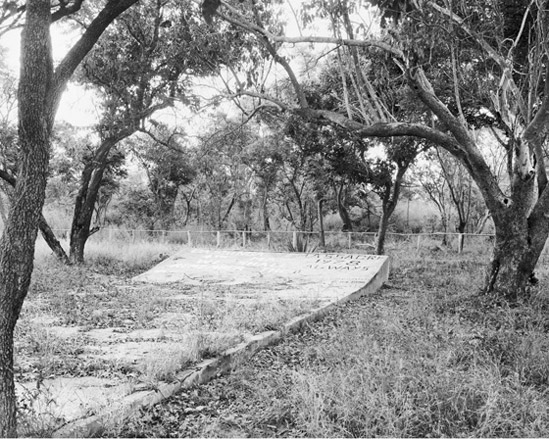
'Hillside graves near Domber Grande, 2010' by Jo Ractliffe
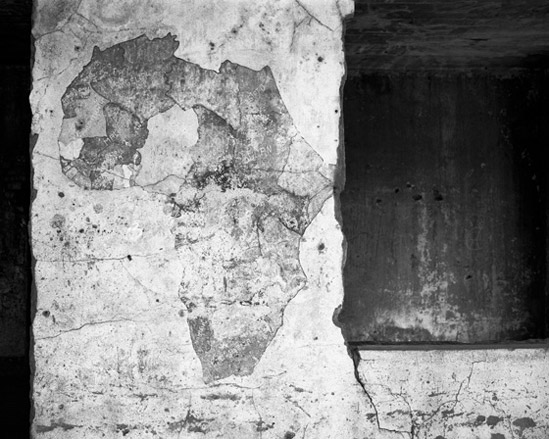
'Mural in abandoned schoolhouse, Ompapa, 2010' by Jo Ractliffe
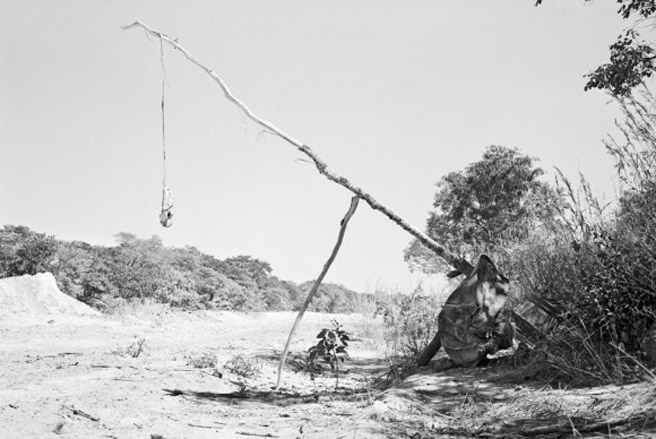
'On the Road to Cuito Cuanavale I, 2009' by Jo Ractliffe
African photographer Jacob Nzudie has a striking but light-hearted body of work on show with his Yaoundé Supermarket Series. Nzudie is the in-house photographer at the Yaoundé Supermarket in Cameroon, where the city's upwardly mobile are photographed in their favourite aisle wearing their finest outfits, signalling that they have achieved material wealth so no longer need to shop in the many traditional markets. Shot by an outsider, these portraits could be somewhat crass and exploitative, but Cameroonian Nzudie takes frank, candid images that are honest and non-judgemental.
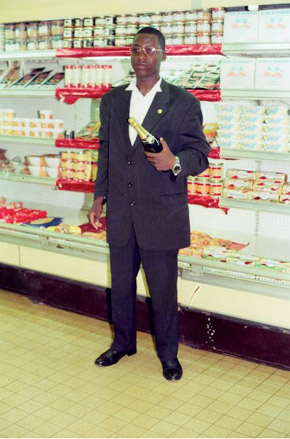
Yaoundé Supermarket Series by Jacob Nzudie
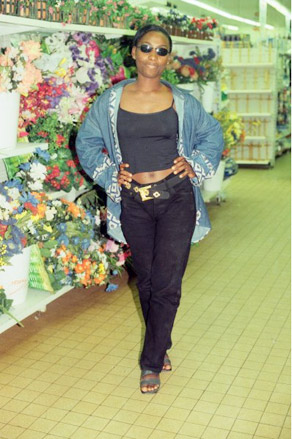
Yaoundé Supermarket Series by Jacob Nzudie
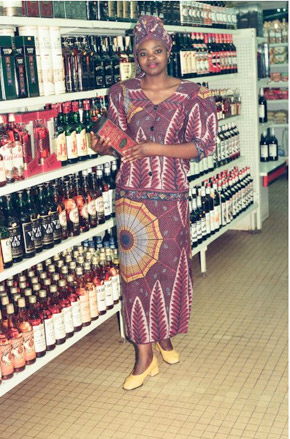
Yaoundé Supermarket Series by Jacob Nzudie
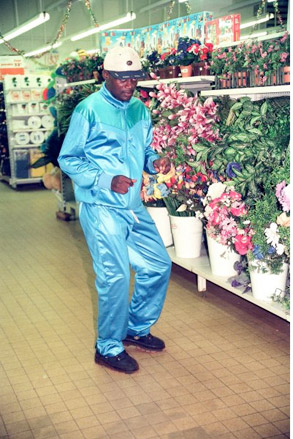
Yaoundé Supermarket Series by Jacob Nzudie
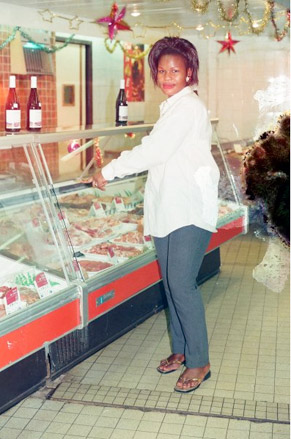
Yaoundé Supermarket Series by Jacob Nzudie
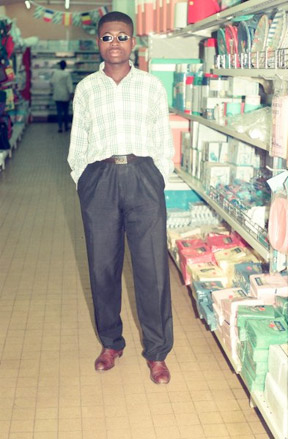
Yaoundé Supermarket Series by Jacob Nzudie
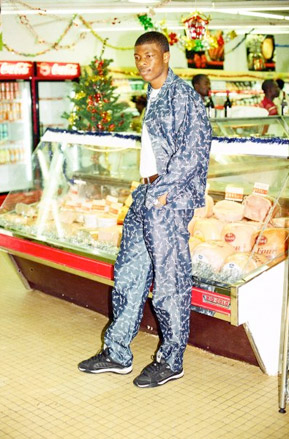
Yaoundé Supermarket Series by Jacob Nzudie
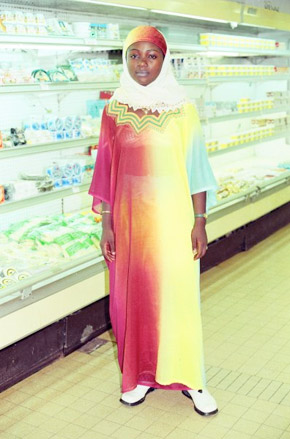
Yaoundé Supermarket Series by Jacob Nzudie
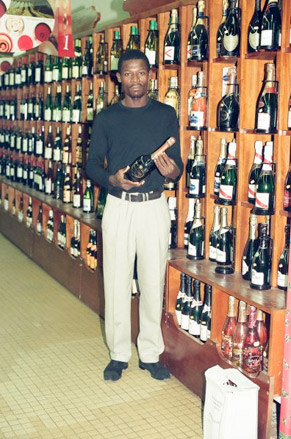
Yaoundé Supermarket Series by Jacob Nzudie
-
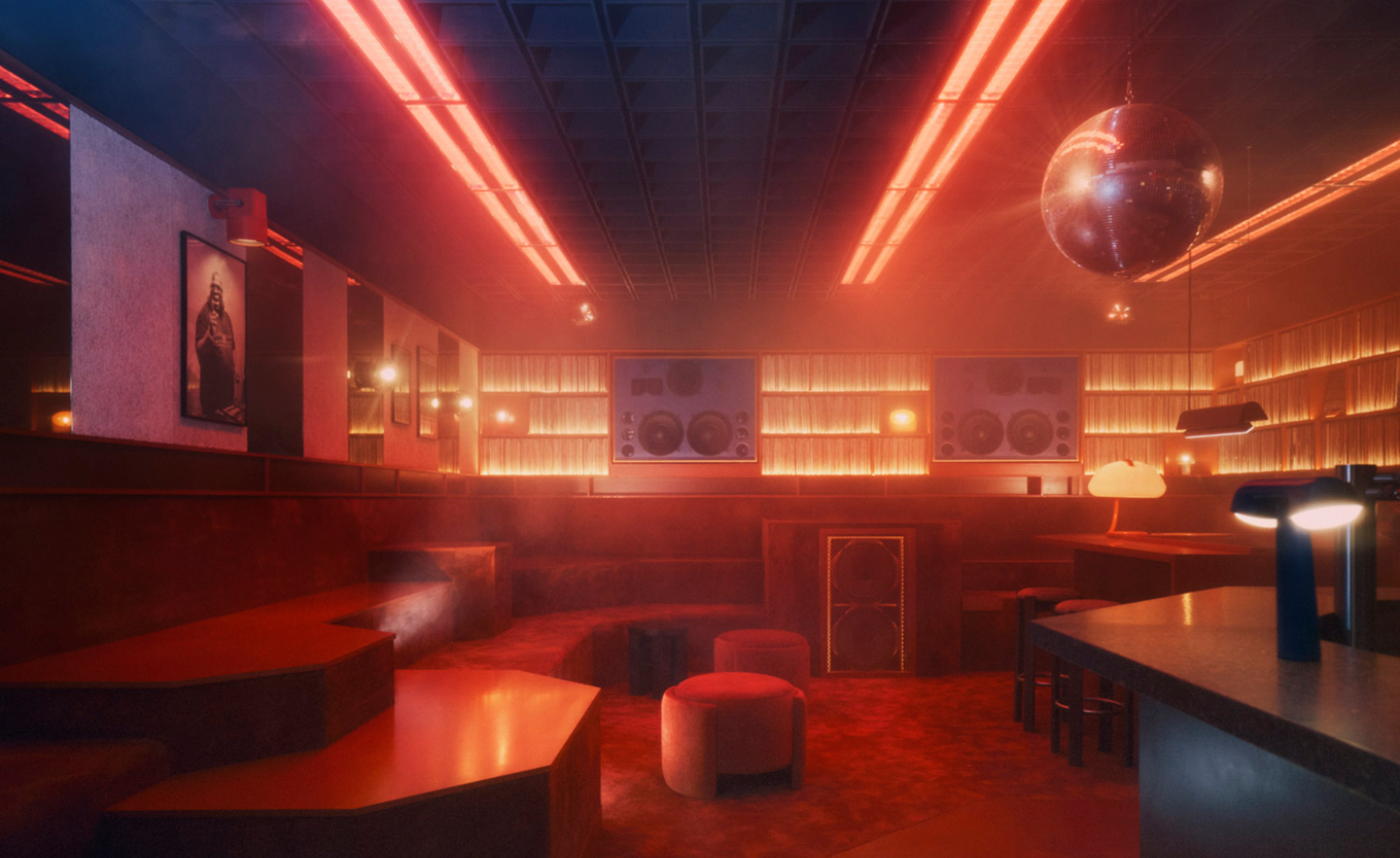 Lose track of time at a retro-futuristic listening bar in Melbourne
Lose track of time at a retro-futuristic listening bar in MelbourneLB’s Record Bar is a cinematic sanctuary designed for lingering and listening
-
 A revived public space in Aberdeen is named Scotland’s building of the year
A revived public space in Aberdeen is named Scotland’s building of the yearAberdeen's Union Terrace Gardens by Stallan-Brand Architecture + Design and LDA Design wins the 2025 Andrew Doolan Best Building in Scotland Award
-
 Own an early John Lautner, perched in LA’s Echo Park hills
Own an early John Lautner, perched in LA’s Echo Park hillsThe restored and updated Jules Salkin Residence by John Lautner is a unique piece of Californian design heritage, an early private house by the Frank Lloyd Wright acolyte that points to his future iconic status
-
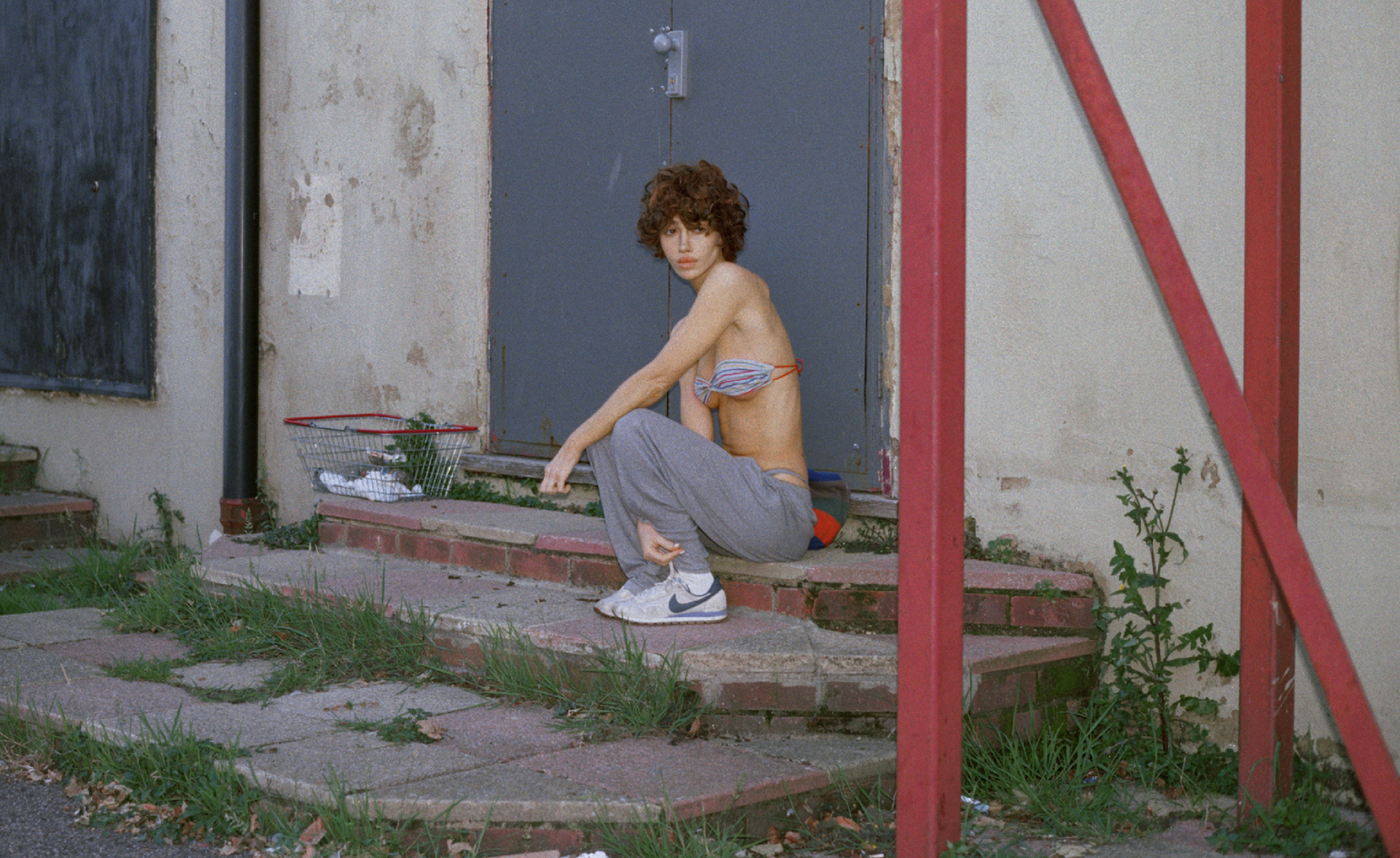 Nadia Lee Cohen distils a distant American memory into an unflinching new photo book
Nadia Lee Cohen distils a distant American memory into an unflinching new photo book‘Holy Ohio’ documents the British photographer and filmmaker’s personal journey as she reconnects with distant family and her earliest American memories
-
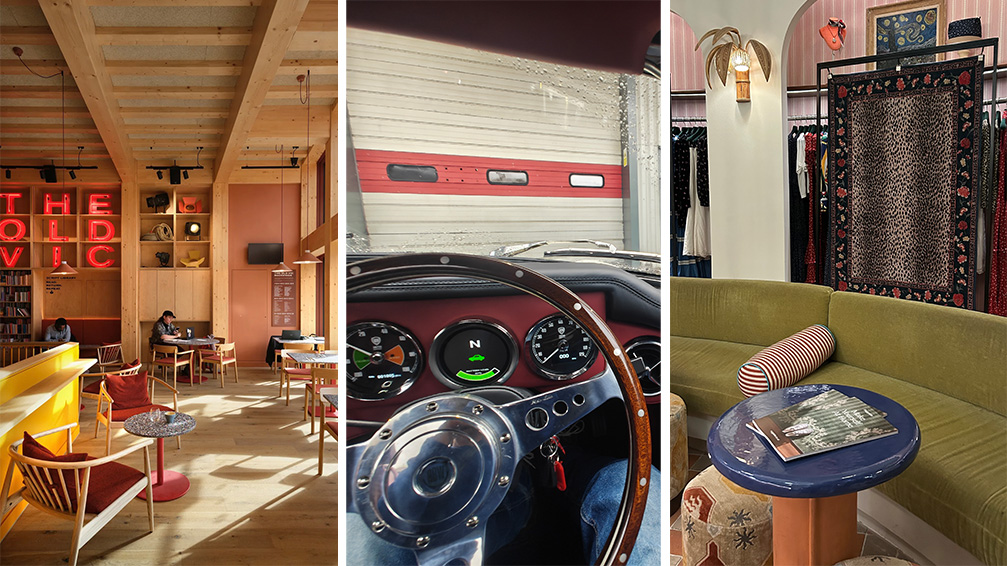 Out of office: The Wallpaper* editors’ picks of the week
Out of office: The Wallpaper* editors’ picks of the weekThe rain is falling, the nights are closing in, and it’s still a bit too early to get excited for Christmas, but this week, the Wallpaper* team brought warmth to the gloom with cosy interiors, good books, and a Hebridean dram
-
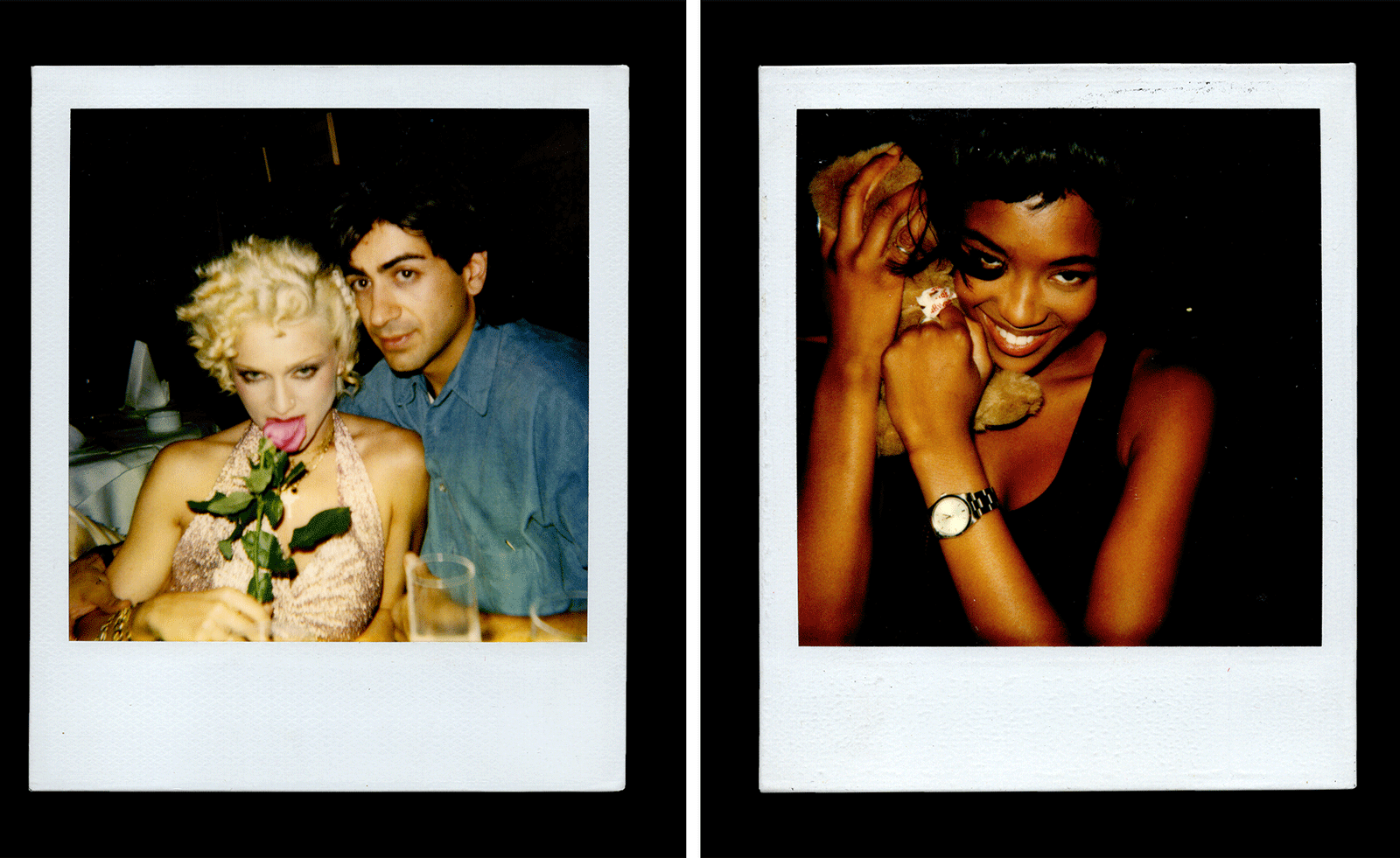 Inside Davé, Polaroids from a little-known Paris hotspot where the A-list played
Inside Davé, Polaroids from a little-known Paris hotspot where the A-list playedChinese restaurant Davé drew in A-list celebrities for three decades. What happened behind closed doors? A new book of Polaroids looks back
-
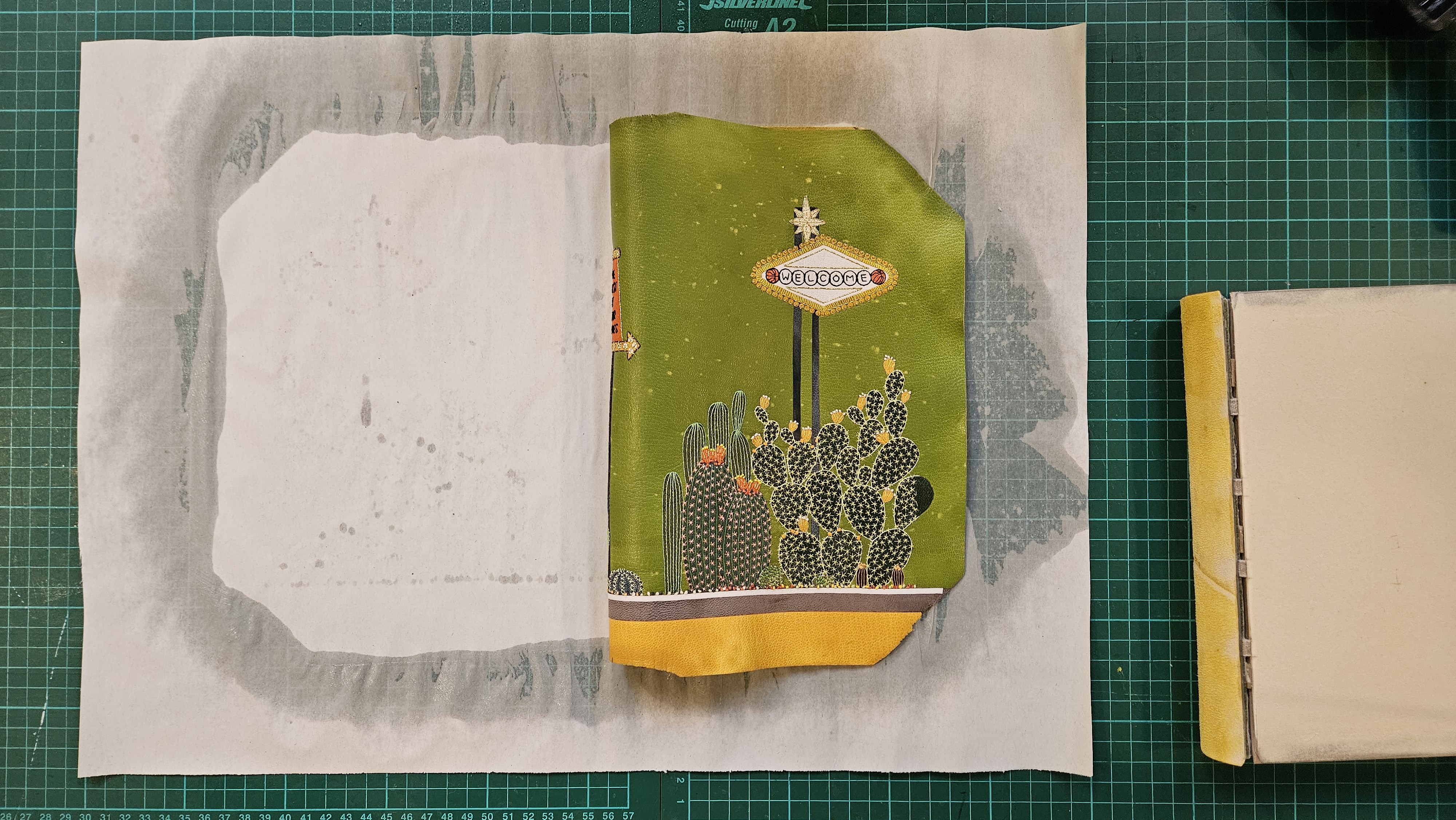 Inside the process of creating the one-of-a-kind book edition gifted to the Booker Prize shortlisted authors
Inside the process of creating the one-of-a-kind book edition gifted to the Booker Prize shortlisted authorsFor over 30 years each work on the Booker Prize shortlist are assigned an artisan bookbinder to produce a one-off edition for the author. We meet one of the artists behind this year’s creations
-
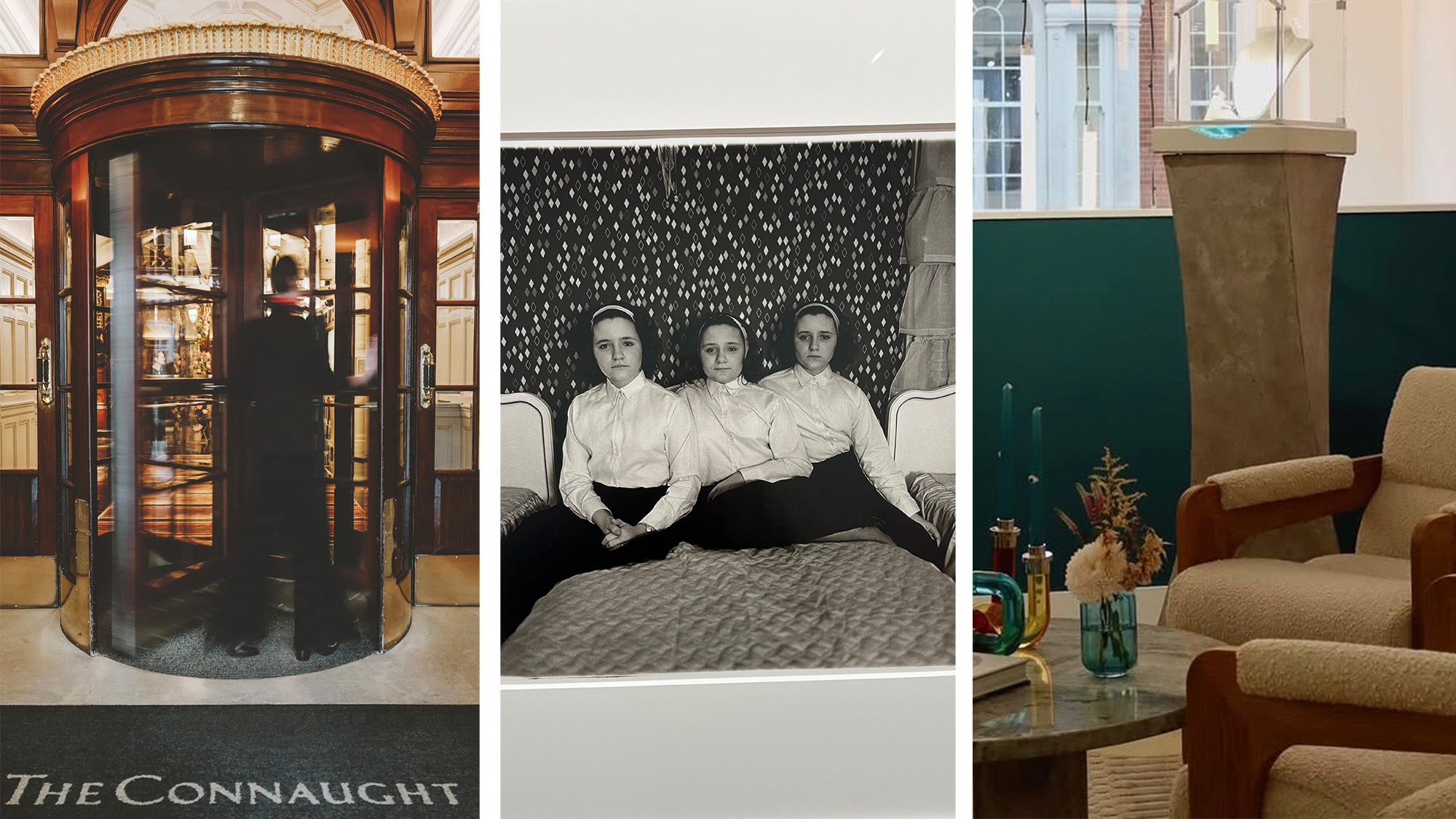 Out of office: The Wallpaper* editors’ picks of the week
Out of office: The Wallpaper* editors’ picks of the weekThis week, the Wallpaper* editors curated a diverse mix of experiences, from meeting diamond entrepreneurs and exploring perfume exhibitions to indulging in the the spectacle of a Middle Eastern Christmas
-
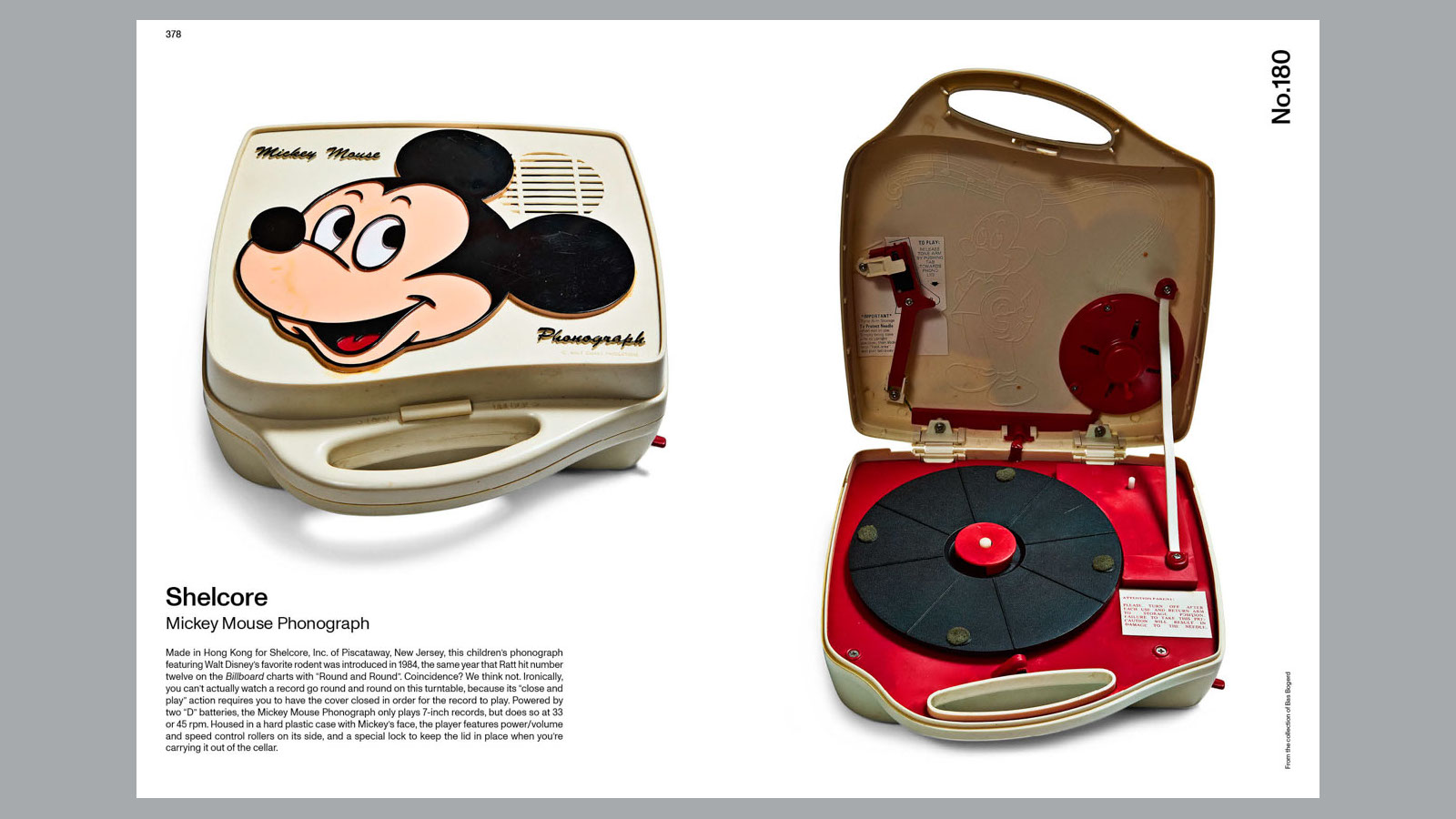 14 of the best new books for music buffs
14 of the best new books for music buffsFrom music-making tech to NME cover stars, portable turntables and the story behind industry legends – new books about the culture and craft of recorded sound
-
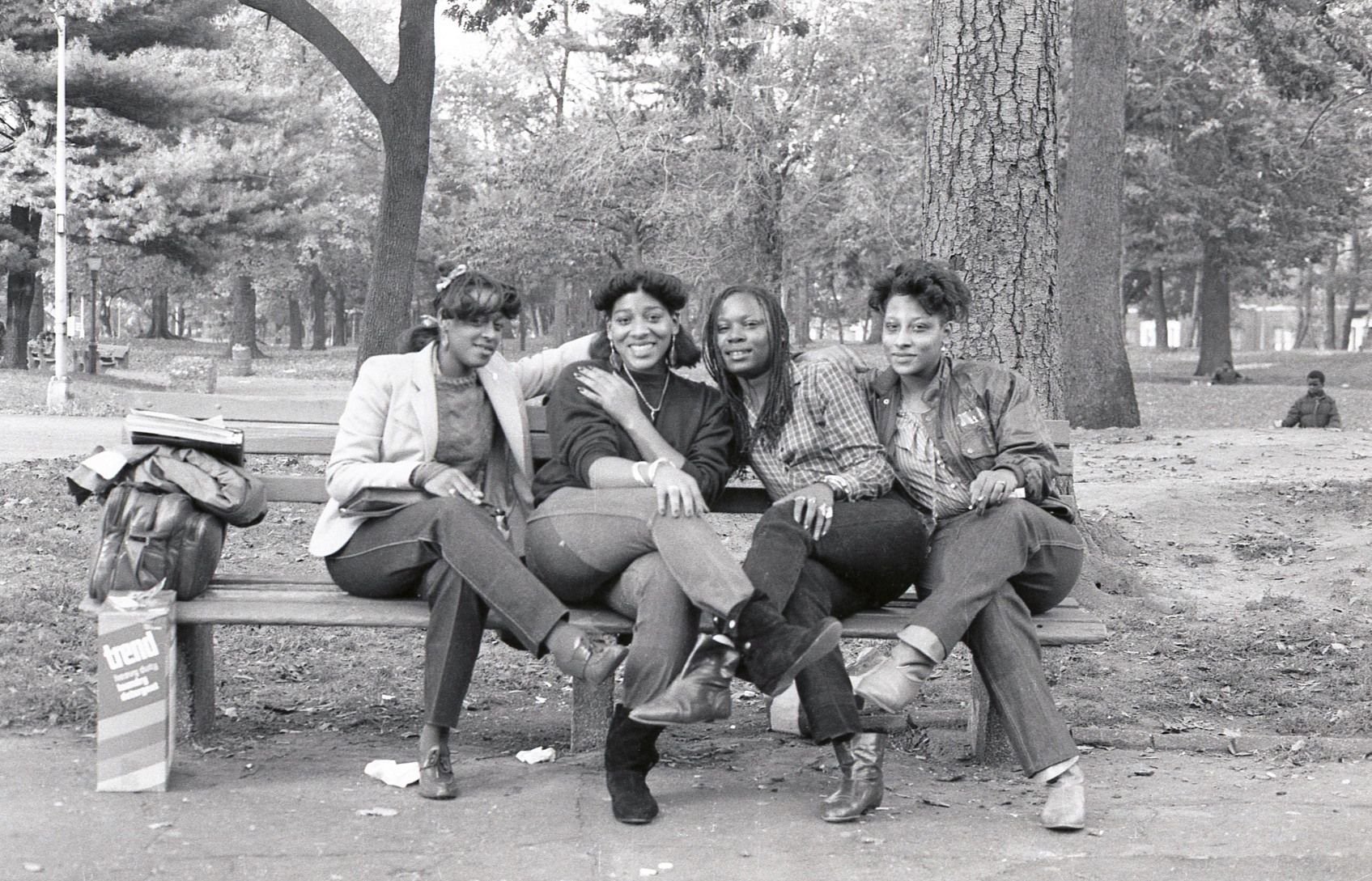 Jamel Shabazz’s photographs are a love letter to Prospect Park
Jamel Shabazz’s photographs are a love letter to Prospect ParkIn a new book, ‘Prospect Park: Photographs of a Brooklyn Oasis, 1980 to 2025’, Jamel Shabazz discovers a warmer side of human nature
-
 A life’s work: Hans Ulrich Obrist on art, meaning and being driven
A life’s work: Hans Ulrich Obrist on art, meaning and being drivenAs the curator, critic and artistic director of Serpentine Galleries publishes his memoir, ‘Life in Progress’, he tells us what gets him out of bed in the morning